For Highly Sensitive People (HSPs), life often feels like the volume is turned up a little too high.
They process information and emotions more deeply, pick up on subtleties others might miss, and are often profoundly moved by art, beauty, and the emotions of those around them.
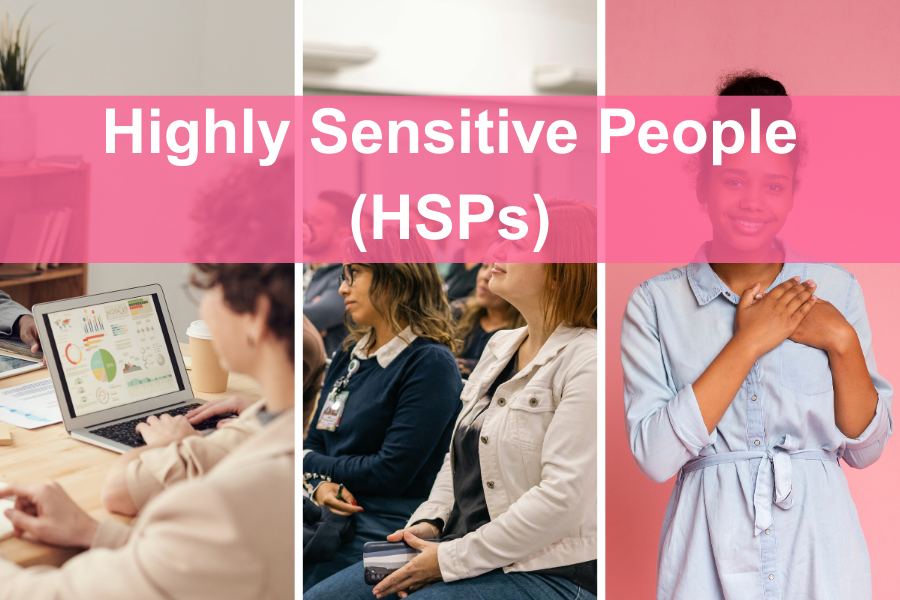
This trait, called high sensory processing sensitivity, is found in about 15–20% of the population and has even been observed in other species, suggesting it plays an important evolutionary role. (Source)
But here’s the challenge: what makes HSPs wonderfully perceptive can also make modern life overwhelming.
Packed schedules, overstimulating environments, and constant digital noise can overload an HSP’s finely tuned nervous system, leading to emotional exhaustion, anxiety, and even physical symptoms.
The answer isn’t to “toughen up” or “be less sensitive.” Instead, HSPs need a mental health approach that honors this biological difference, one that works with sensitivity, not against it.
Read More: Are You A Highly Sensitive Person?
1️⃣ The Science Behind High Sensitivity
HSPs actually show measurable differences in brain activity. Functional MRI studies reveal heightened activation in areas like:
- The insula (awareness of internal body signals)
- Mirror neuron systems (linked to empathy)
- Prefrontal regions (complex reflection and processing)
This translates to:
- Deeper processing of sensory and emotional information
- Stronger empathy and emotional resonance
- Greater awareness of subtle shifts in tone, body language, or environment

Why this matters:
Most mental health programs assume a standard tolerance for sensory input. But for HSPs, environments that feel “normal” to others may actually be draining on a neurological level.
For example, spending a full day in a noisy open office could feel as exhausting for an HSP as running a marathon.
A better approach for HSPs:
- Screen for sensitivity traits during evaluations
- Incorporate sensory regulation strategies (quiet breaks, reduced exposure, soothing rituals)
- Build nervous system resilience through mindfulness, paced breathing, and gentle desensitization in safe contexts
2️⃣ Stress Hits Harder and Recovery Takes Longer
When stress shows up, everyone’s HPA axis (hypothalamic-pituitary-adrenal system) kicks in. But for HSPs, the cortisol response often lasts longer and hits harder.
This can look like:
- A disagreement at work that lingers in the body for days
- Feeling “wired but tired” after social events
- Chaos or unexpected change triggering a stress response, even when the rational mind knows it’s small
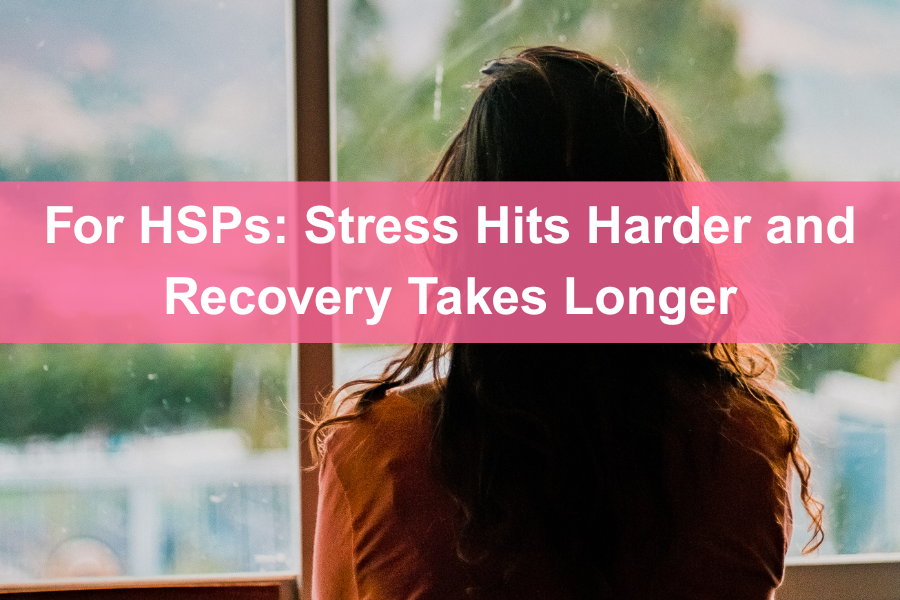
Different approach for HSPs:
- Extended recovery windows: More than just “a good night’s sleep”, HSPs may need longer decompression time
- Sensory-downshifting rituals: Epsom salt baths, yoga, or walks in nature to reset the nervous system
- Micro-rest breaks: 3–5 minutes every 90 minutes away from stimulation, even during the workday
Example: While a non-HSP might go straight from work to a crowded dinner party, an HSP may need a quiet walk or downtime before joining social activities.
3️⃣ Talk Therapy Isn’t Always Enough
Traditional therapies like CBT or psychodynamic work are valuable, but they often don’t fully address the physical toll of overstimulation.
Why this matters for HSPs:
- Overstimulation creates a state of hyperarousal in the body, not just the mind
- Trauma-informed approaches show that stress is stored not just in the mind, but in the body.
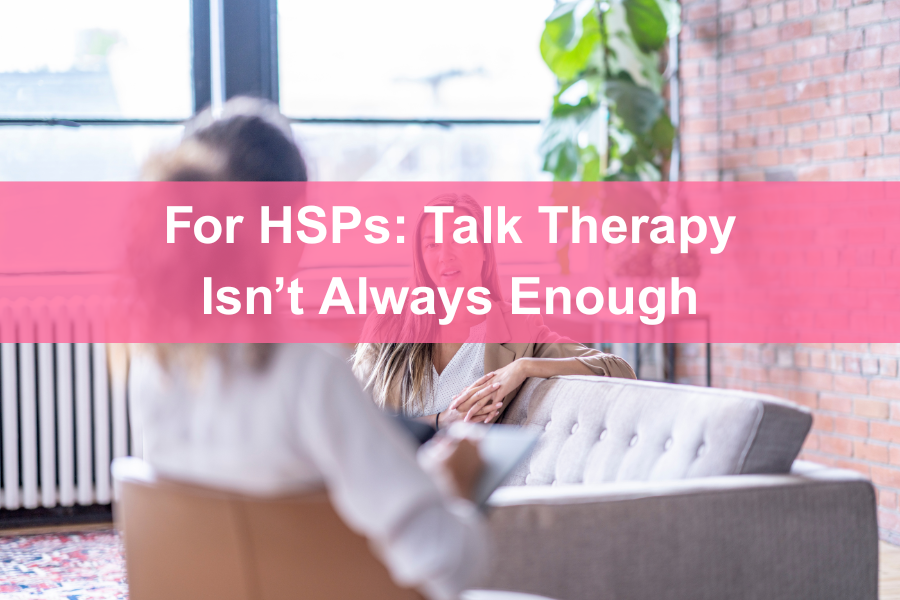
A more supportive approach includes:
- Integrative therapy models: Pairing talk therapy with somatic practices like breathwork, grounding, or EMDR
- Biofeedback & neurofeedback: Tools that let HSPs monitor and regulate their nervous system in real time
- Lifestyle psychiatry: Considering sleep, nutrition, and movement as part of the treatment plan
4️⃣ Boundaries Are Essential, Not Optional
HSPs often feel pressure to “keep up” with others socially, professionally, or emotionally. Add in their heightened empathy, and they may end up saying “yes” when their mind and body are begging for “no.”
Why boundaries matter for HSPs:
- Without them, sensory and emotional overload builds up quietly until it leads to burnout or illness
- In caregiving or people-focused roles, a lack of boundaries can cause compassion fatigue
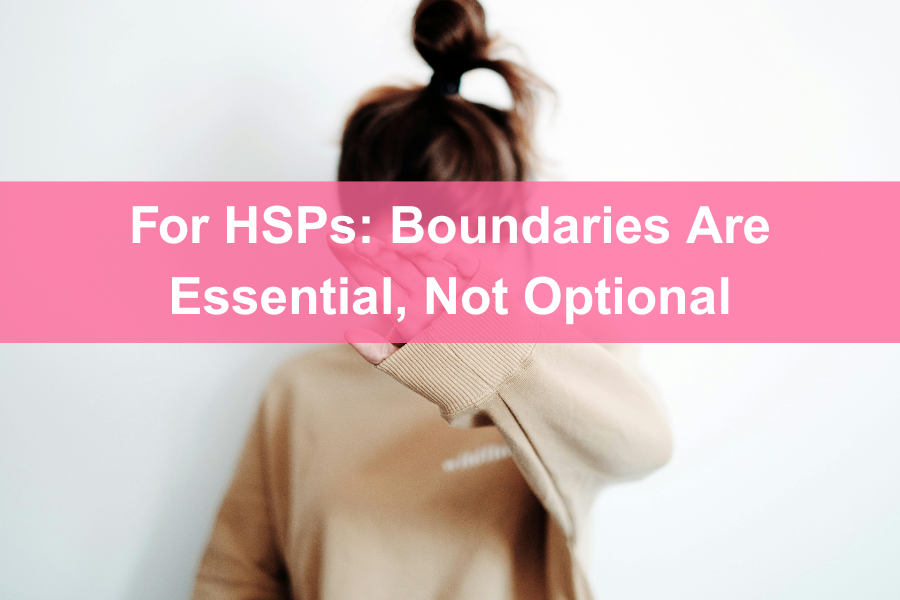
Healthier approach:
- Preemptive scheduling: Build rest and recovery into the calendar before it’s desperately needed
- Sensory boundaries: Avoid stacking high-stimulation events back-to-back and create calm “escape zones” at home and work
- Scripts for saying no: Practice simple, gentle responses that feel authentic and guilt-free
5️⃣ Nutrition and Lifestyle Choices Matter More Than You Think
The HSP nervous system tends to react strongly to physiological changes caused by food, stimulants, and environmental factors.
Common sensitivities include:
- Caffeine → more jitteriness or anxiety
- Alcohol → more noticeable mood dips the next day
- Processed foods → blood sugar spikes, brain fog, or irritability

Supportive strategies:
- Steady fueling: Combine complex carbs, protein, and healthy fats for balanced energy
- Anti-inflammatory focus: Load up on colorful veggies, omega-3-rich foods, nuts, seeds, and spices like turmeric
- Hydration & electrolytes: Prevent fatigue and brain fog
- Mindful stimulant use: Notice whether reducing caffeine helps stabilize mood
Highly Sensitive People aren’t fragile… they’re finely tuned. Sensitivity allows for deeper connections, creativity, and the ability to notice what others overlook.
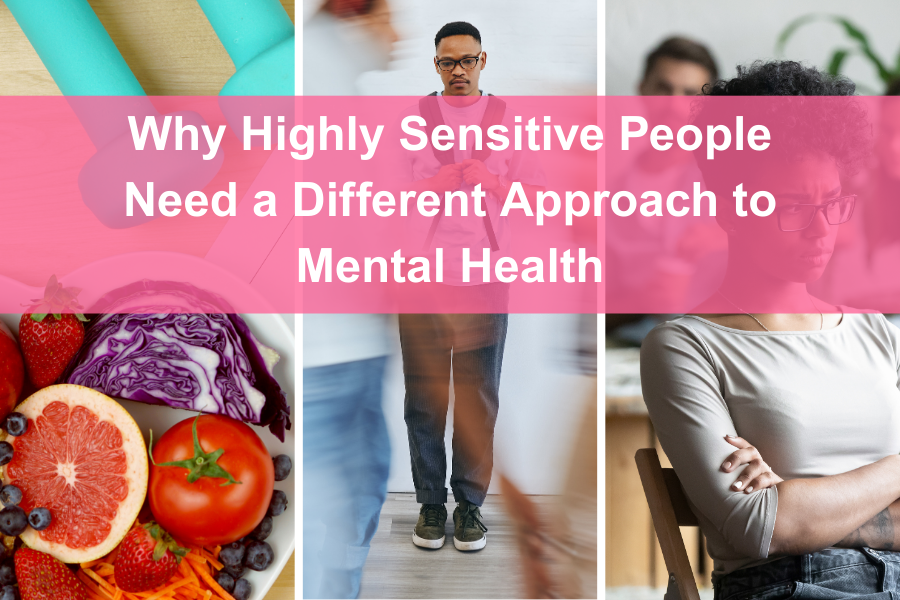
But without tailored care, this gift can easily turn into overwhelm.
The key is not to silence sensitivity but to support it. Just like a high-performance instrument, the HSP nervous system thrives when given proper care, balanced fueling, recovery time, healthy boundaries, and therapies that address both mind and body.
With the right strategies, sensitivity shifts from being a burden to being a true strength.
+ show Comments
- Hide Comments
add a comment